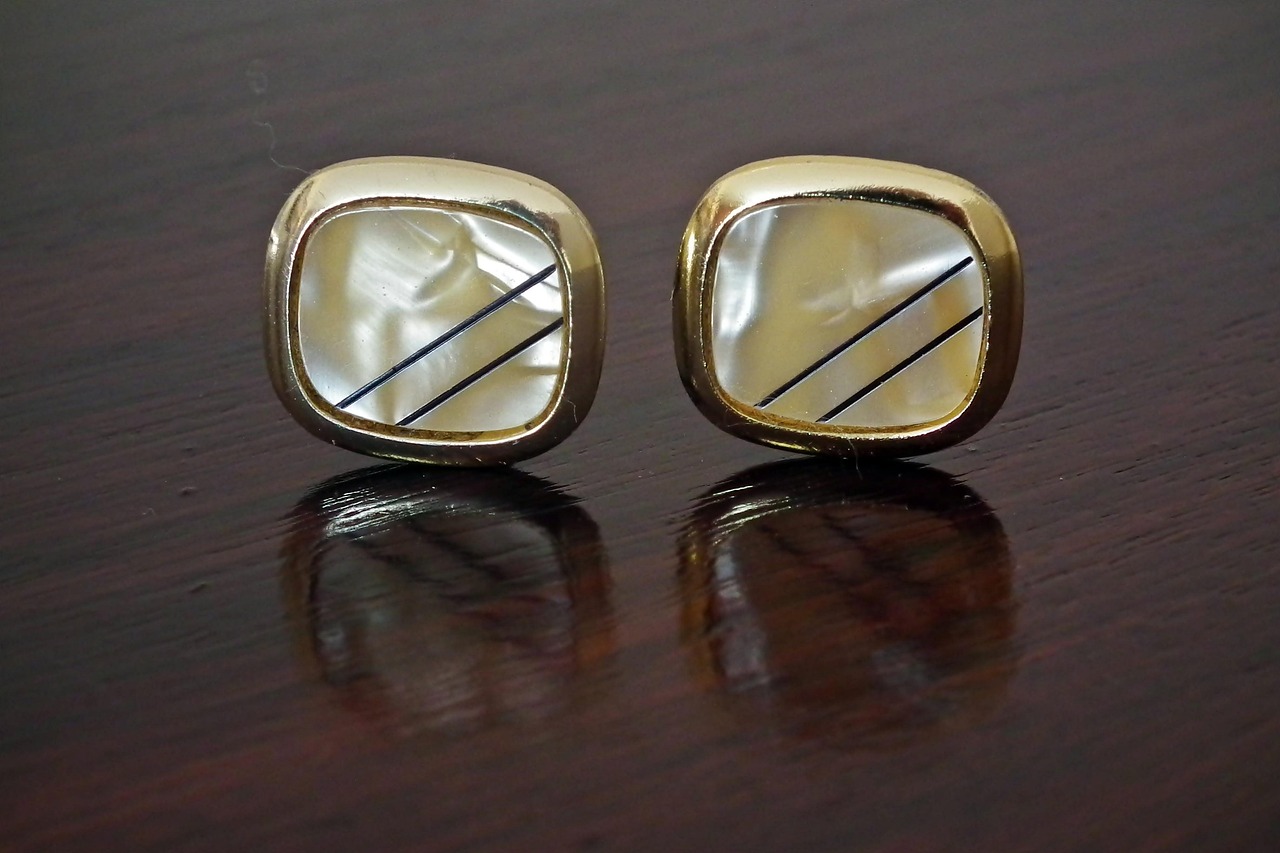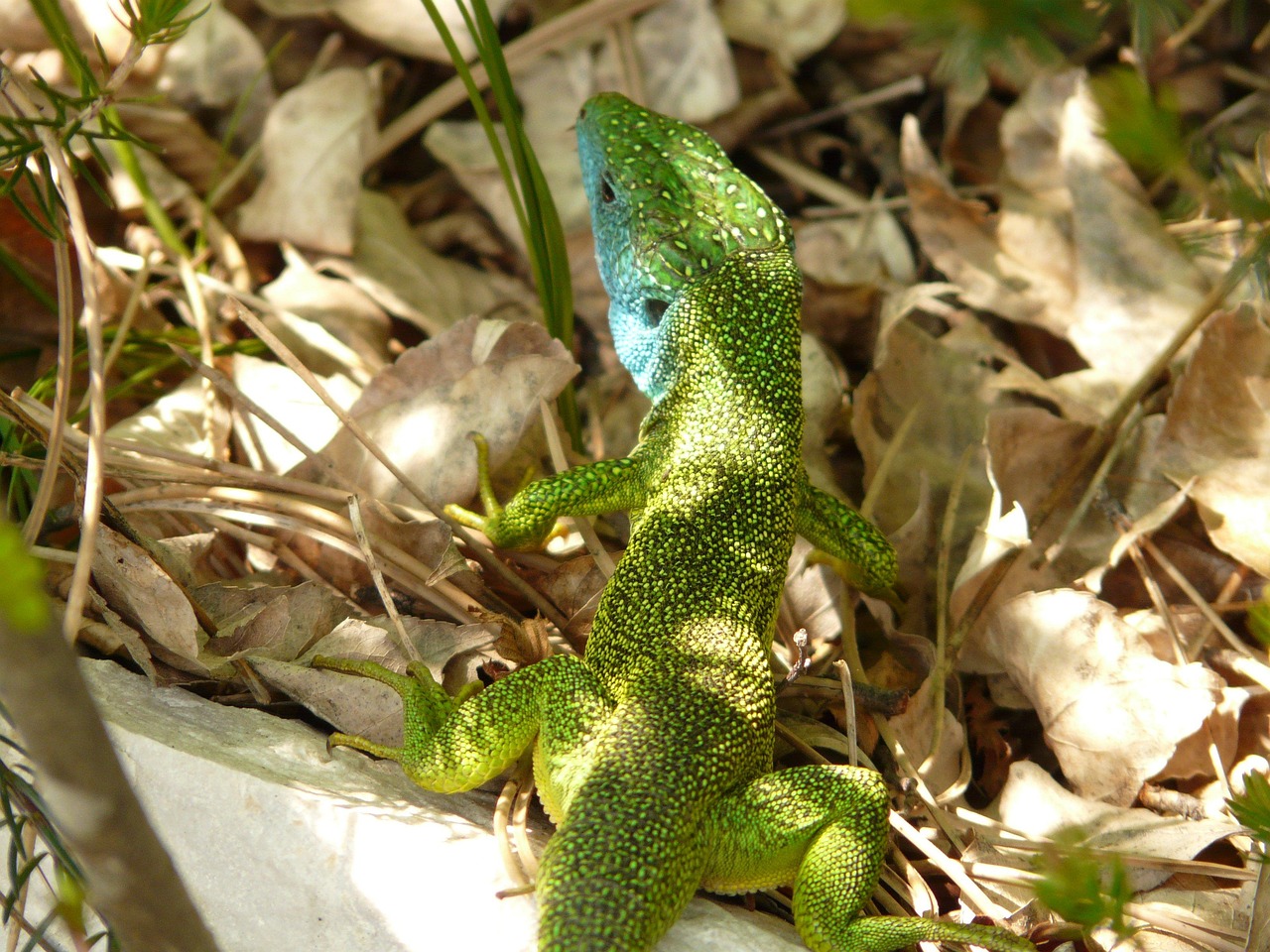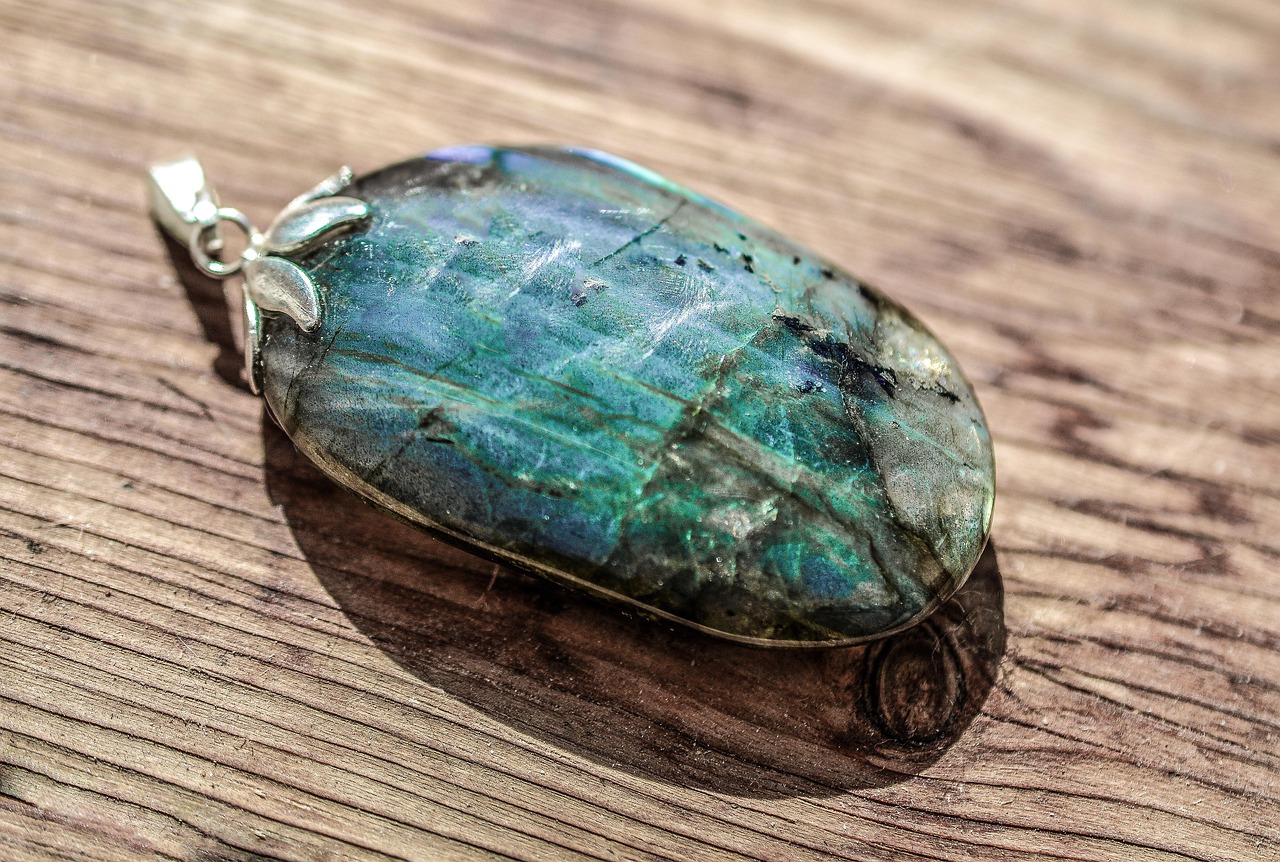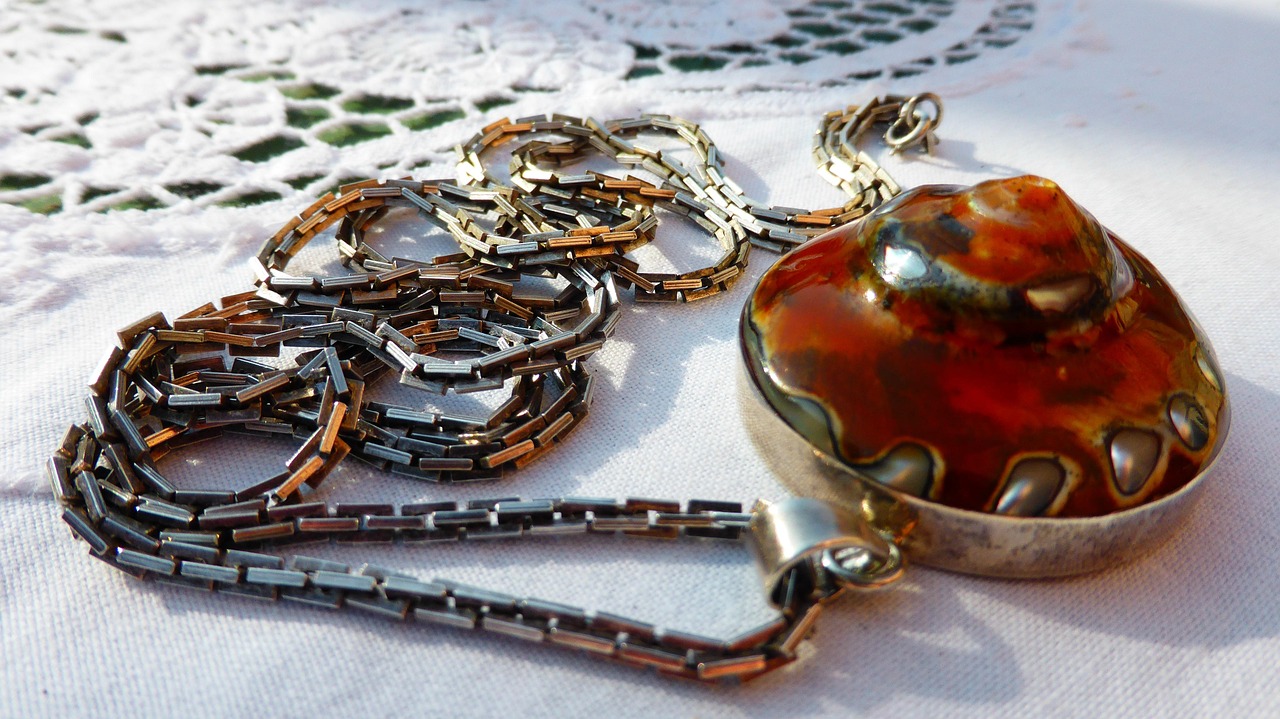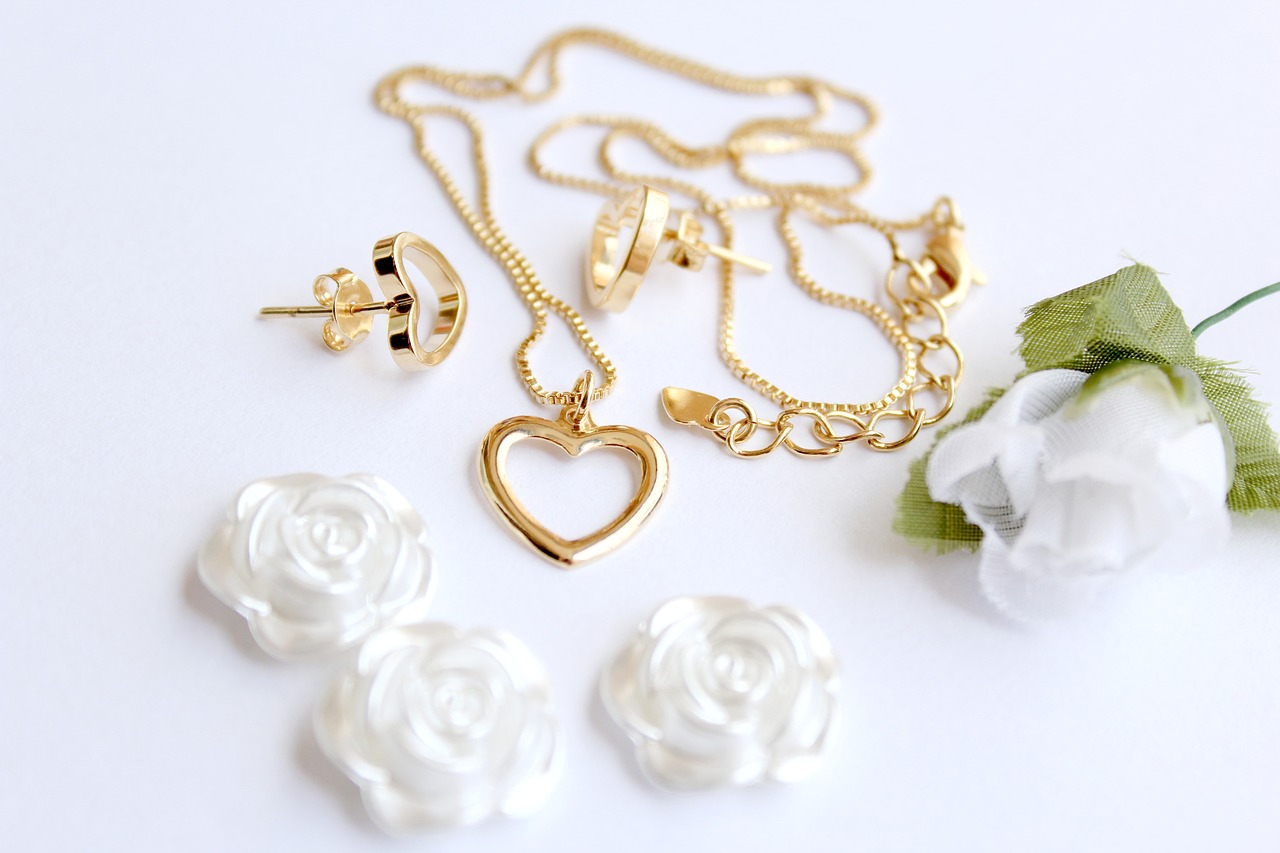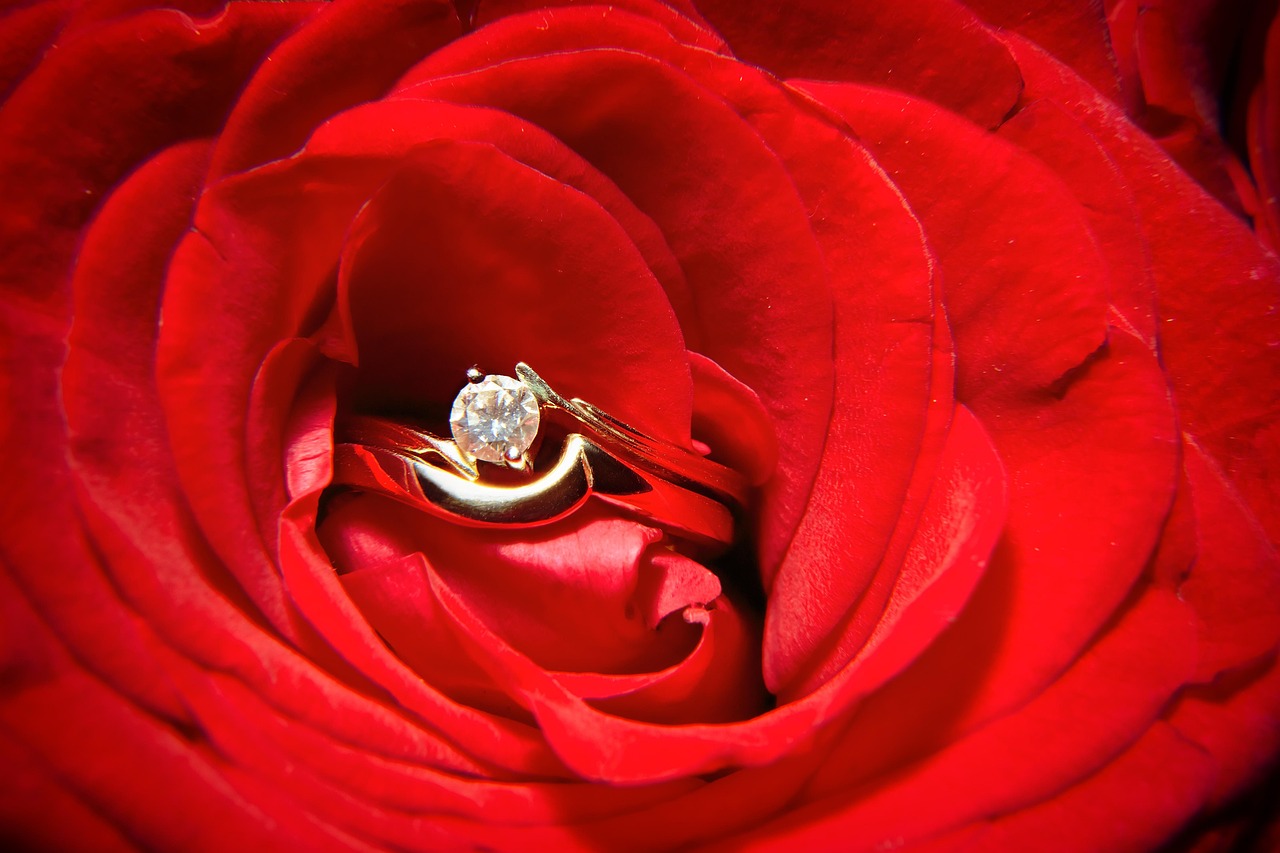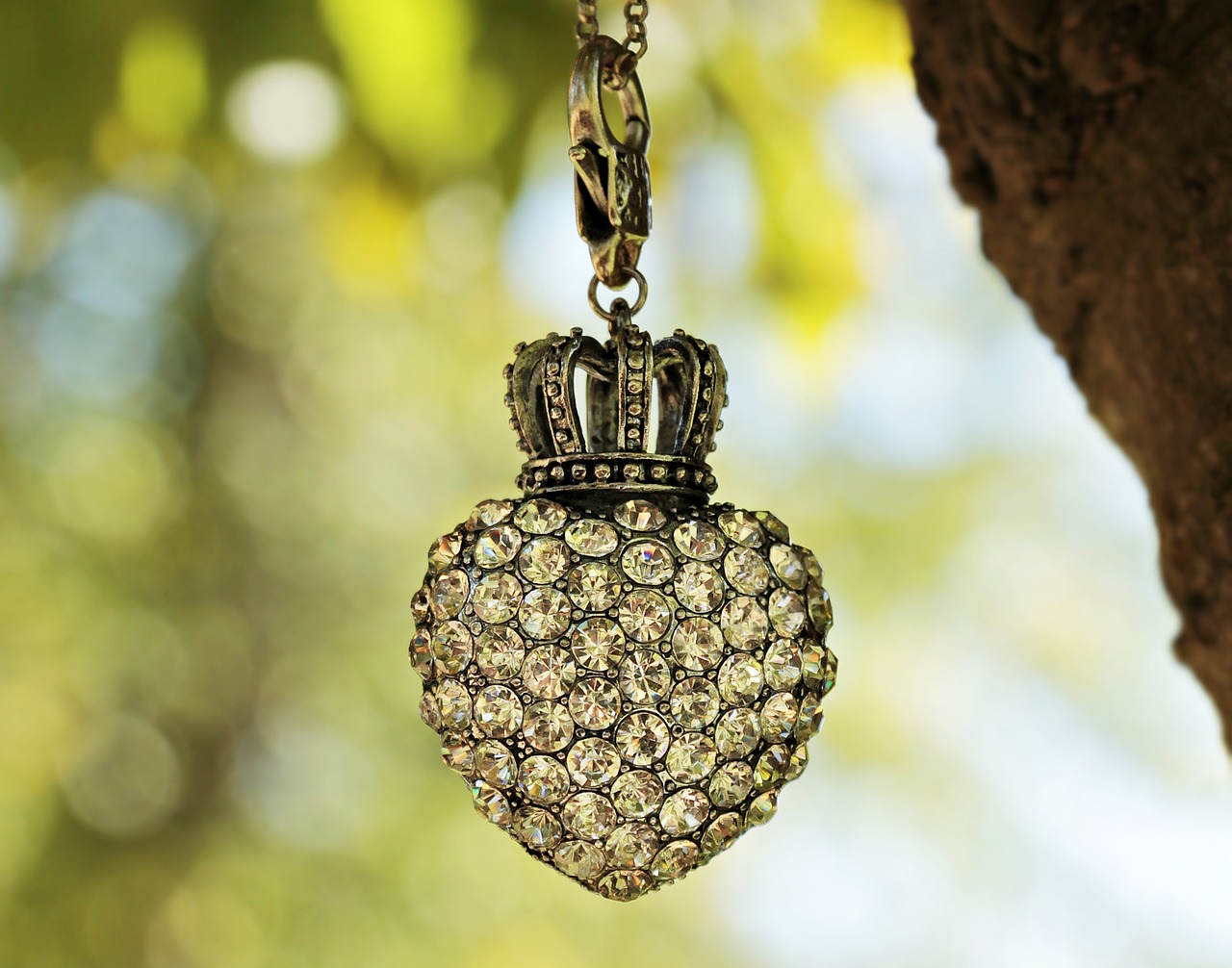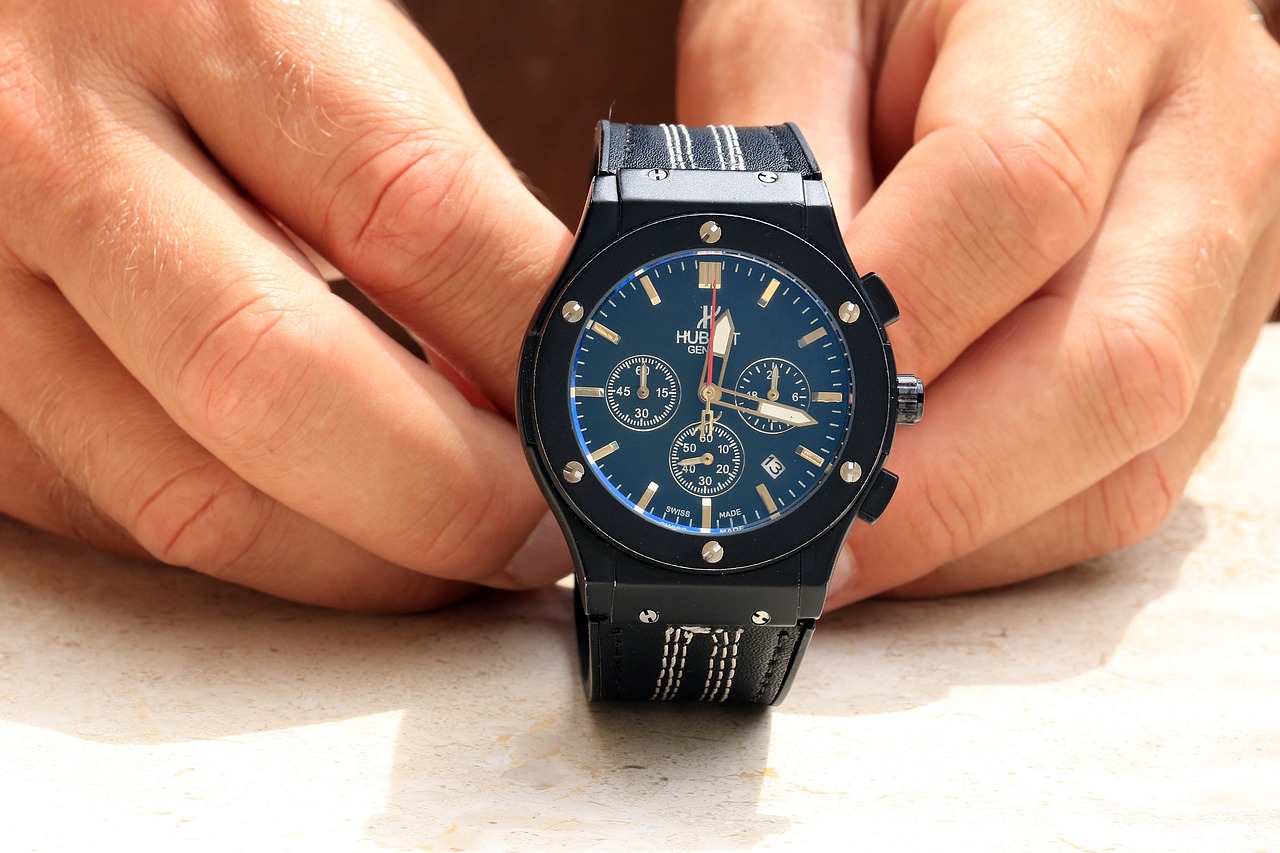Ethical jewelry is becoming increasingly popular as consumers are more aware of the impact their purchases have on the world. This article explores the growing trend of ethical jewelry, particularly focusing on how to purchase conflict-free diamonds while ensuring sustainability and social responsibility in your choices.
Understanding conflict-free diamonds is crucial for consumers who wish to make ethical purchases. These diamonds are sourced without funding violence or human rights abuses, ensuring a responsible supply chain. The term refers to diamonds that have been certified as not originating from conflict zones, where mining operations may lead to exploitation and suffering.
Choosing ethical jewelry goes beyond aesthetics; it reflects personal values. By purchasing ethical diamonds, you support fair labor practices and environmentally sustainable mining methods. This not only helps communities affected by mining but also promotes a more sustainable future for our planet.
Identifying conflict-free diamonds can be challenging. Look for key certifications and standards, such as the Kimberley Process, which helps consumers verify the ethical sourcing of their diamonds. Familiarize yourself with the terminology and documentation that reputable jewelers provide to ensure transparency in the sourcing process.
Several certifications ensure diamonds are conflict-free. The Kimberley Process and Fair Trade certification are among the most recognized. These certifications signify that the diamonds have been sourced responsibly, without contributing to conflict or human rights abuses.
Finding retailers that offer conflict-free diamonds is essential. Look for reputable online and brick-and-mortar stores committed to ethical sourcing and transparency. Some well-known retailers include:
- Brilliant Earth – Known for its commitment to ethical sourcing.
- James Allen – Offers a wide selection of conflict-free diamonds.
- Blue Nile – Provides detailed information about the sourcing of their diamonds.
Lab-grown diamonds are an increasingly popular alternative to mined diamonds. They are created in controlled environments and offer the same physical and chemical properties as natural diamonds. The ethical advantages of lab-grown diamonds include significantly lower environmental impact and the absence of human rights concerns associated with mining.
Educating consumers about ethical jewelry is vital for the industry’s growth. Many organizations and initiatives focus on raising awareness about the importance of ethical sourcing. Resources such as documentaries, blogs, and social media campaigns provide valuable information to help buyers make informed decisions.
The design of ethical jewelry is evolving, with a focus on unique craftsmanship and innovative materials. Designers are increasingly using recycled metals and ethically sourced gemstones, creating stunning pieces that align with ethical practices.
Social media plays a significant role in raising awareness about ethical jewelry. Influencers and campaigns are shaping consumer perceptions and choices, making it easier for individuals to find and support brands that prioritize ethical practices.
The future of the ethical jewelry market looks promising. As consumer awareness continues to grow, we can expect emerging trends and potential shifts in behavior that may influence the industry. Brands that prioritize sustainability and social responsibility are likely to thrive in this evolving landscape.
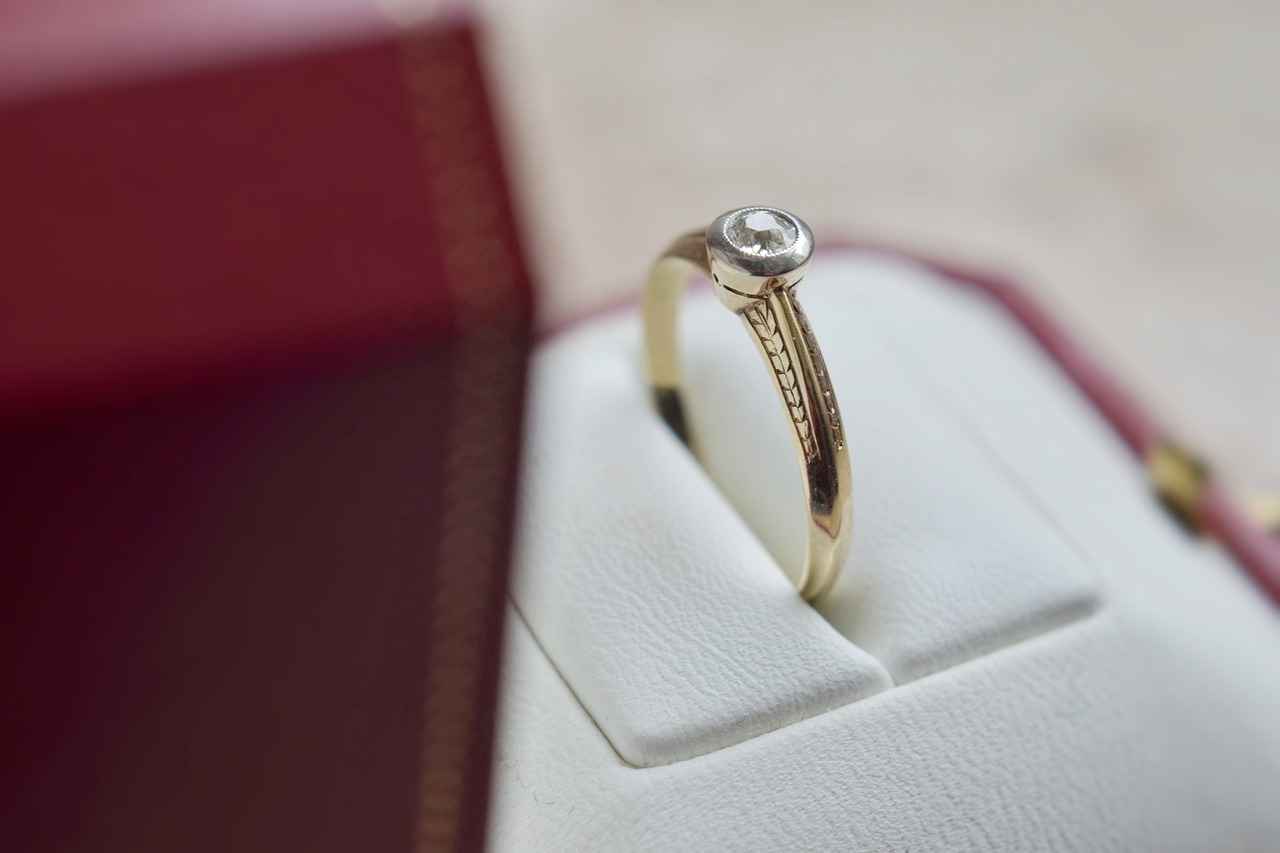
What Are Conflict-Free Diamonds?
Understanding conflict-free diamonds is crucial for consumers who wish to make ethical purchases. These diamonds are sourced without funding violence or human rights abuses, ensuring a responsible supply chain. The term “conflict-free” refers to diamonds that are mined and traded in compliance with ethical standards, allowing consumers to purchase them with peace of mind.
Many consumers are becoming increasingly aware of the impact their purchases can have on the world. The diamond industry has faced significant scrutiny due to its links with armed conflict, exploitation, and environmental degradation. As a result, the demand for ethical jewelry has surged. This shift is not merely a trend; it reflects a growing consciousness about the origins of luxury goods.
When looking for conflict-free diamonds, it’s essential to understand the various ways in which they are sourced. One of the most recognized frameworks is the Kimberley Process, established in 2003 to prevent the trade of conflict diamonds. This certification process requires that diamonds be tracked from their origin to ensure they do not fund violence. However, while the Kimberley Process has made strides, it is not foolproof. Consumers should also look for additional certifications, such as Fair Trade and Responsible Jewellery Council, which offer further assurance regarding ethical sourcing practices.
In addition to certification, transparency is key when purchasing conflict-free diamonds. Reputable retailers should provide detailed information about the diamond’s origin and the steps taken to ensure it is conflict-free. This information empowers consumers to make informed choices and supports businesses that prioritize ethical practices.
Moreover, the rise of lab-grown diamonds has provided an alternative that is both ethical and environmentally friendly. These diamonds are created using advanced technology that replicates the natural diamond-growing process, resulting in stones that are chemically identical to mined diamonds but without the associated ethical concerns. Lab-grown diamonds are often more affordable, making them an attractive option for consumers seeking to balance quality with conscience.
As awareness of ethical issues in the diamond industry grows, so does the importance of consumer education. Many organizations and initiatives are dedicated to providing resources for those interested in ethical jewelry. Workshops, online courses, and informative websites can help consumers understand the complexities of diamond sourcing and the significance of their purchasing decisions.
With the increasing influence of social media, the conversation around conflict-free diamonds is becoming more widespread. Influencers and activists are using platforms to raise awareness about the importance of ethical jewelry, encouraging consumers to consider the impact of their purchases. This visibility is crucial in driving change within the industry and promoting greater accountability among retailers.
In summary, understanding conflict-free diamonds is not just about making a purchase; it’s about aligning your values with your choices. By being informed and proactive, consumers can contribute to a more ethical diamond industry, supporting practices that respect human rights and the environment. As the market for ethical jewelry continues to evolve, staying educated and engaged will empower consumers to make decisions that reflect their commitment to a better world.
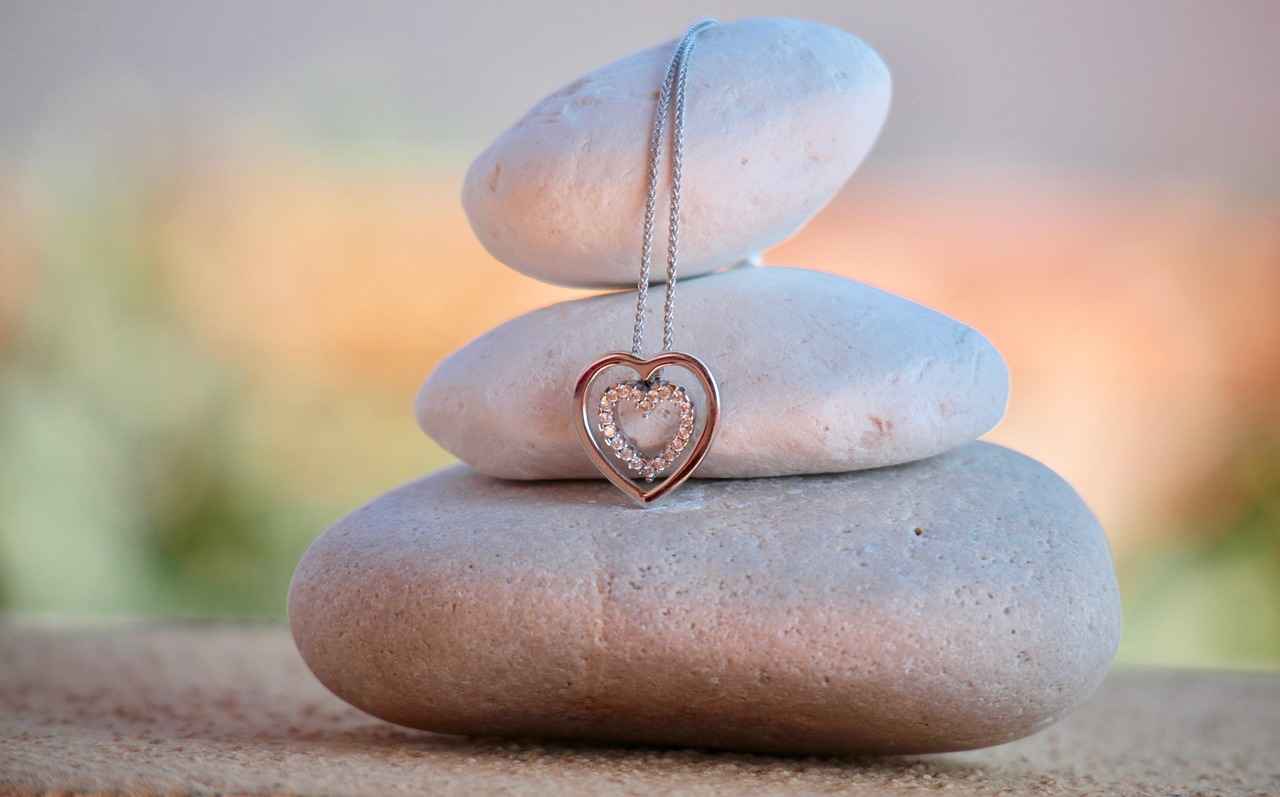
Why Choose Ethical Jewelry?
Choosing ethical jewelry is a significant decision that extends far beyond mere aesthetics. It is a reflection of personal values and an opportunity to make a positive impact on the world. In a time where consumer awareness is on the rise, understanding the implications of jewelry purchases is crucial. This section delves into the importance of supporting fair labor practices and environmentally sustainable mining methods.
One of the primary reasons to choose ethical jewelry is the commitment to fair labor practices. Many traditional jewelry sources exploit workers, often subjecting them to unsafe working conditions and unfair wages. By opting for ethical jewelry, consumers can support brands that prioritize the well-being of their workers. This not only ensures that artisans receive a fair wage but also promotes safe working environments where human rights are respected.
Additionally, the environmental impact of mining practices cannot be overlooked. The jewelry industry has been linked to severe ecological damage, including deforestation, habitat destruction, and pollution of water sources. Ethical jewelry brands often employ environmentally sustainable mining methods, which minimize ecological footprints. These methods include responsible sourcing, where materials are obtained from suppliers that adhere to strict environmental standards, ensuring that the extraction process does not harm the planet.
| Benefits of Choosing Ethical Jewelry | Description |
|---|---|
| Supports Fair Labor | Ensures workers are paid fairly and work in safe conditions. |
| Environmentally Responsible | Uses sustainable mining practices that protect ecosystems. |
| Promotes Transparency | Encourages brands to disclose their sourcing practices. |
| Empowers Communities | Contributes to the economic development of local communities. |
Moreover, purchasing ethical jewelry fosters a sense of community and empowerment among artisans and miners. Many ethical brands collaborate with local communities, providing them with the resources and tools needed to thrive. This not only enhances their economic stability but also preserves traditional craftsmanship, which is often at risk of being lost in mass production.
As consumers, we hold the power to drive change in the jewelry industry. By choosing ethical options, we send a message to brands that prioritize profit over people and the planet that their practices are no longer acceptable. This shift in consumer behavior has the potential to reshape the market, encouraging more brands to adopt ethical practices.
In conclusion, selecting ethical jewelry is not just a fashion statement; it is a conscious choice that reflects our commitment to social and environmental responsibility. By understanding the importance of fair labor practices and sustainable mining methods, we can make informed decisions that align with our values. As the demand for ethical jewelry continues to grow, it is essential for consumers to support brands that prioritize integrity, transparency, and sustainability.
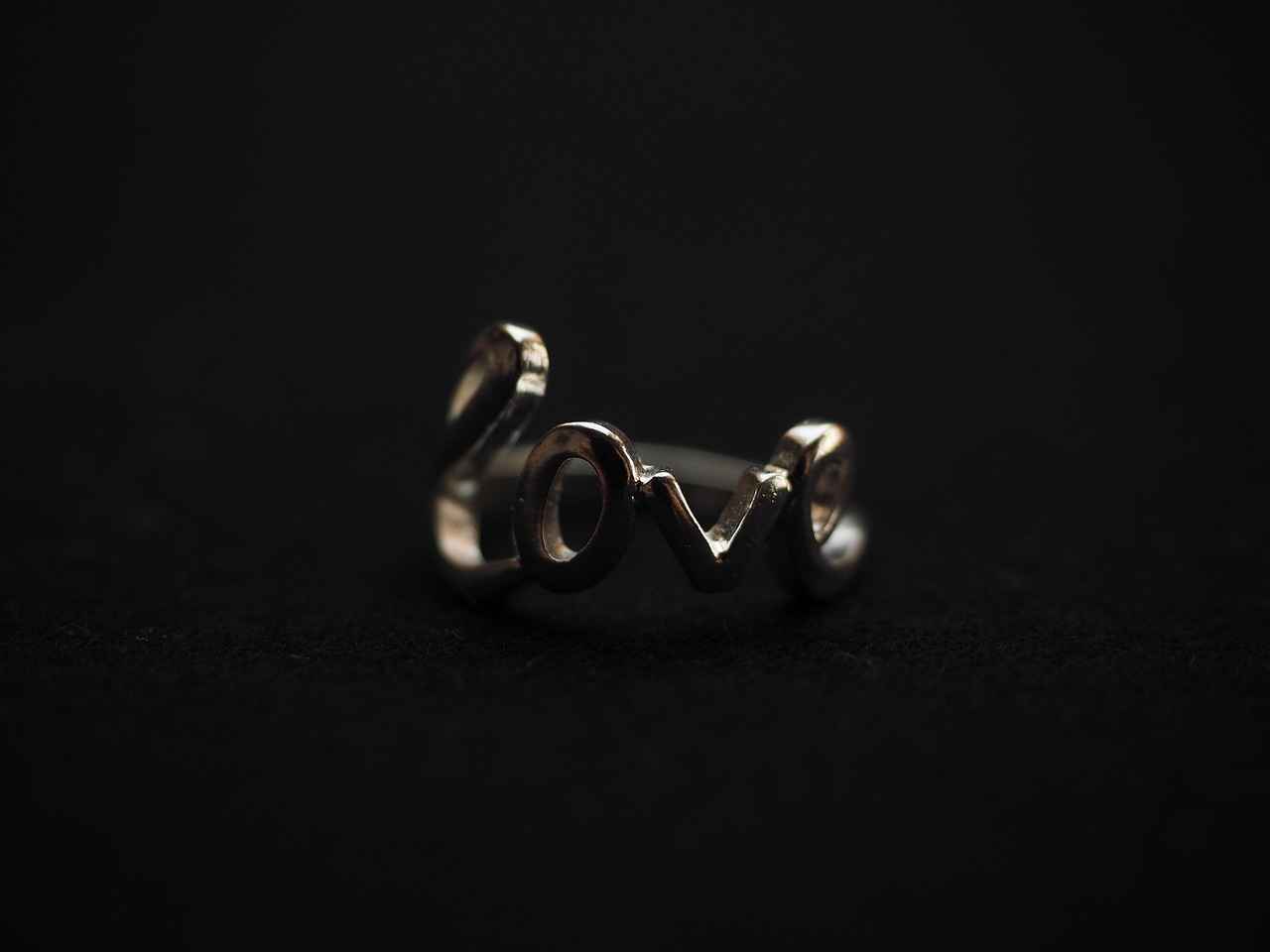
How to Identify Conflict-Free Diamonds?
Identifying conflict-free diamonds can be a daunting task for consumers who want to ensure their purchases are ethically sourced. These diamonds are not only beautiful but also represent a commitment to social responsibility and sustainability. In this section, we will explore key certifications and standards that help consumers verify the ethical sourcing of their diamonds.
The Kimberley Process is one of the most recognized initiatives aimed at preventing the trade of conflict diamonds. Established in 2003, this international certification scheme requires member countries to certify that diamonds exported from their borders are conflict-free. While the Kimberley Process has made significant strides, it is essential for consumers to understand its limitations, such as the lack of comprehensive human rights assessments and the potential for loopholes.
Another important certification is the Fair Trade Certified label, which guarantees that diamonds are sourced from mines that prioritize fair labor practices and environmental sustainability. This certification ensures that miners receive fair wages and work in safe conditions, making it a more holistic approach compared to the Kimberley Process.
In addition to these certifications, consumers should also look for diamonds that come with an independent grading report from reputable gemological laboratories. These reports provide detailed information about the diamond’s quality, including its cut, color, clarity, and carat weight. More importantly, they can also indicate whether the diamond has been ethically sourced, adding an extra layer of assurance.
When shopping for conflict-free diamonds, it’s also beneficial to choose retailers who are transparent about their sourcing practices. Many reputable jewelers will provide information about the origins of their diamonds and the certifications they adhere to. Engaging with sales representatives and asking questions about the diamonds’ journey can provide valuable insights into their ethical sourcing.
Moreover, the rise of lab-grown diamonds offers an innovative alternative for consumers seeking conflict-free options. These diamonds are created in controlled environments and have the same physical and chemical properties as mined diamonds. By choosing lab-grown diamonds, consumers can avoid the ethical dilemmas associated with traditional diamond mining altogether.
For those who are still uncertain about the ethical implications of their diamond purchases, educating oneself about the diamond supply chain is crucial. Numerous resources, including documentaries, articles, and organizations dedicated to ethical jewelry, can provide further insights. Being informed allows consumers to make choices that align with their values and support sustainable practices in the jewelry industry.
In conclusion, identifying conflict-free diamonds requires careful consideration of certifications, retailer transparency, and personal values. By being proactive in seeking out ethical options, consumers can contribute to a more responsible and sustainable jewelry market. Remember, every purchase has the power to make a difference.
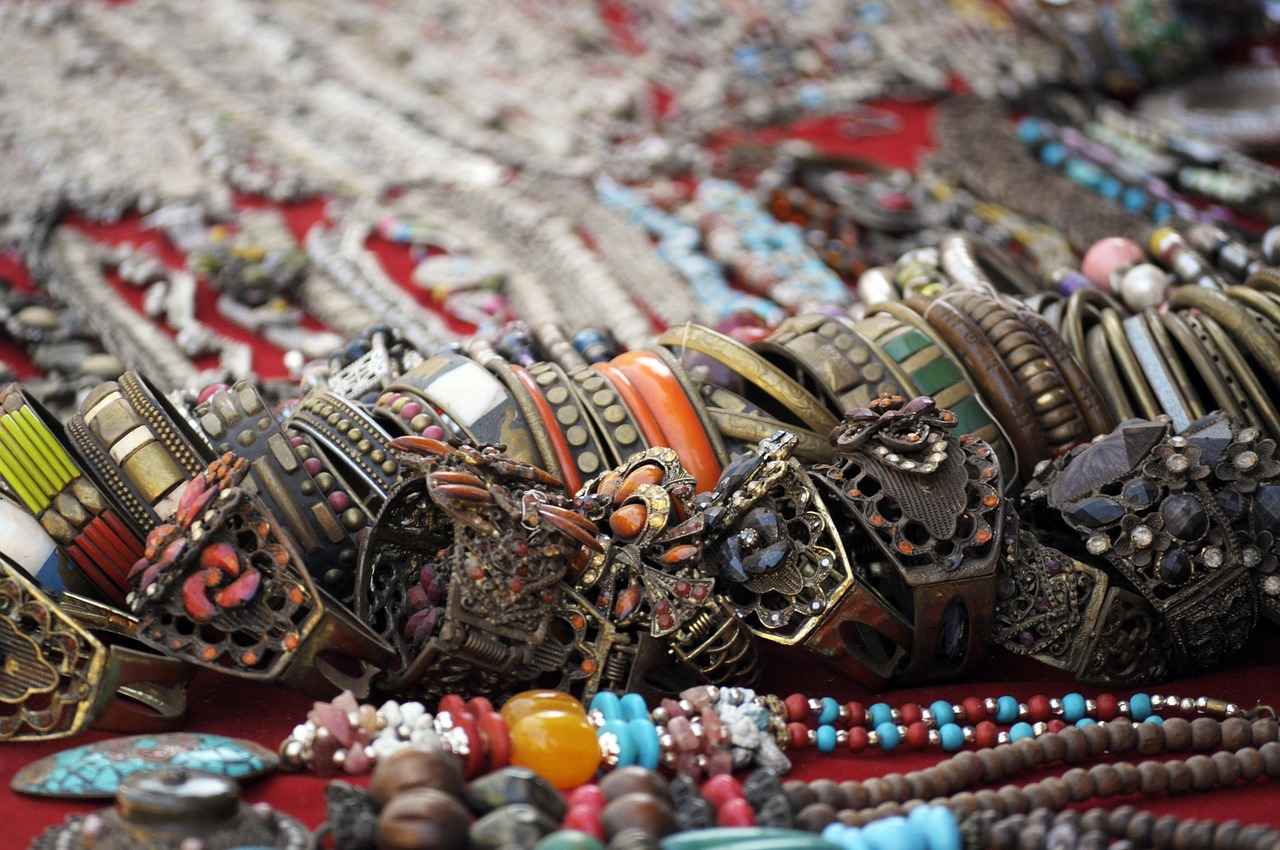
Popular Certifications for Ethical Diamonds
The demand for ethical diamonds has surged in recent years, as consumers become increasingly aware of the implications of their purchases. One of the key aspects of ensuring that diamonds are ethically sourced is through various certifications. These certifications play a pivotal role in verifying that diamonds are conflict-free and produced under fair labor conditions. Below, we explore some of the most recognized certifications in the industry.
The Kimberley Process Certification Scheme (KPCS) was established in 2003 to prevent the trade of conflict diamonds—diamonds mined in war zones and sold to finance armed conflict against governments. This certification requires that each diamond shipment be certified as conflict-free, ensuring that diamonds are sourced from regions not involved in violence or human rights abuses. However, while the Kimberley Process has made strides, it has faced criticism for its limitations and enforcement challenges.
Fair Trade certification goes beyond the Kimberley Process by ensuring that diamonds are not only conflict-free but also produced under fair labor practices. This standard guarantees that workers receive fair wages and work in safe conditions. Fair Trade diamonds support sustainable mining practices and community development, making them a more ethical choice for consumers who prioritize social responsibility.
The Responsible Jewellery Council (RJC) is another significant certification body that promotes responsible ethical, human rights, social, and environmental practices throughout the diamond and jewelry supply chain. Companies that achieve RJC certification demonstrate their commitment to ethical sourcing and are subject to rigorous audits to ensure compliance with the council’s standards.
The Gemological Institute of America (GIA) is renowned for its grading of diamonds based on the 4Cs: cut, color, clarity, and carat weight. While GIA certification does not specifically denote that a diamond is conflict-free, it is often sought after by consumers looking for quality assurance. Many GIA-certified diamonds are sourced through ethical channels, making it a trusted choice for buyers.
- International Gemological Institute (IGI): Similar to GIA, IGI provides grading services and is recognized globally.
- Alliance for Responsible Mining (ARM): This certification focuses on artisanal and small-scale mining, ensuring that these operations adhere to ethical standards.
- Certified Ethical Diamonds: This label indicates that diamonds are sourced from suppliers who follow strict ethical guidelines.
As consumers become more discerning, the importance of these certifications cannot be overstated. They not only provide peace of mind but also empower consumers to make informed choices that align with their values. By choosing certified ethical diamonds, buyers contribute to a more sustainable and just industry.
In conclusion, understanding the various certifications available in the diamond industry is essential for anyone looking to purchase ethical jewelry. Each certification offers unique insights into the sourcing practices of diamonds, helping consumers navigate the complex landscape of ethical jewelry.
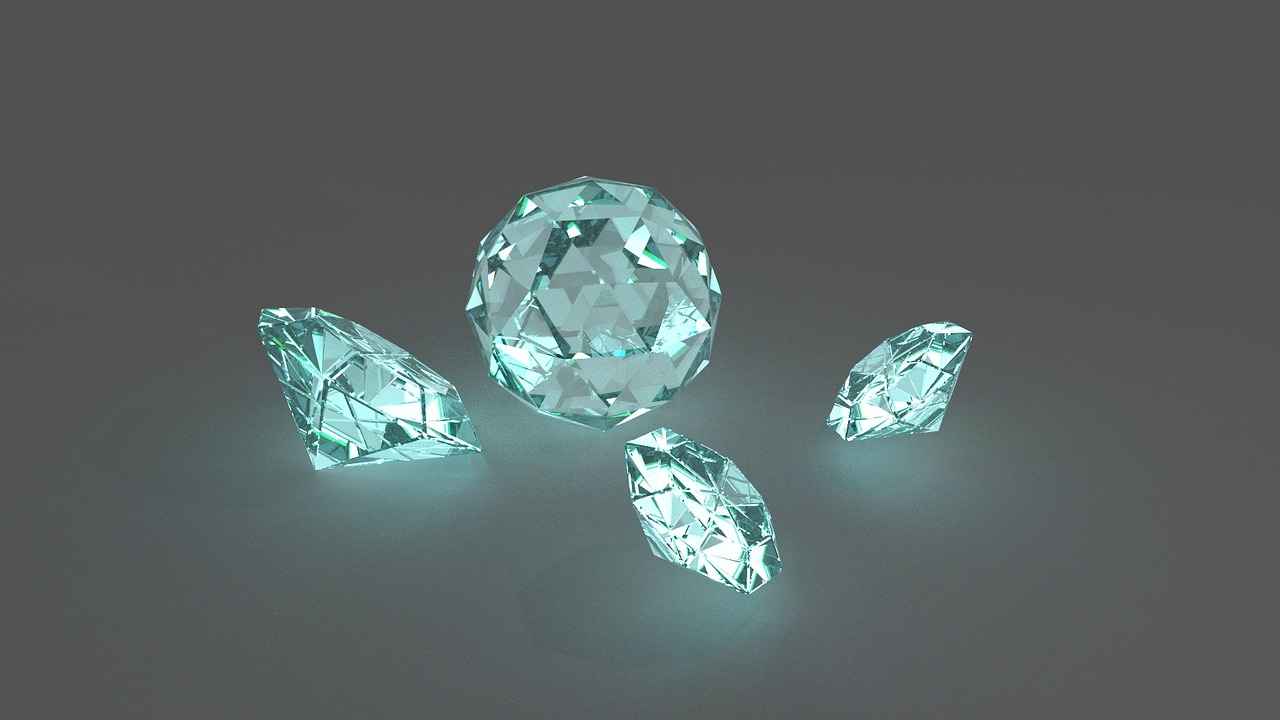
Where to Buy Conflict-Free Diamonds?
Finding retailers that offer conflict-free diamonds is essential for consumers who prioritize ethical sourcing and transparency in their purchases. As awareness of ethical jewelry grows, many buyers are seeking trustworthy sources for their diamond needs. Below is a curated list of reputable online and brick-and-mortar stores that are dedicated to offering conflict-free diamonds.
- Brilliant Earth – A leader in the ethical jewelry market, Brilliant Earth specializes in conflict-free diamonds and offers a wide selection of engagement rings and fine jewelry. They provide detailed information about the sourcing of their diamonds and are committed to sustainable practices.
- James Allen – Known for its extensive online inventory, James Allen offers a range of conflict-free diamonds that come with certification. Their user-friendly platform allows customers to view diamonds in 360 degrees, ensuring transparency in their selection process.
- Clean Origin – This retailer focuses exclusively on lab-grown diamonds, providing an ethical alternative to mined diamonds. Clean Origin’s diamonds are created in controlled environments, making them conflict-free by nature.
- Gemvara – Gemvara specializes in custom jewelry made with ethically sourced materials, including conflict-free diamonds. They offer a unique shopping experience where customers can design their own pieces while ensuring ethical practices.
- The Diamond Foundry – Another retailer offering lab-grown diamonds, The Diamond Foundry emphasizes sustainability and ethical sourcing. Their diamonds are created using renewable energy, making them an environmentally friendly choice.
- Fair Trade Jewelry Co. – This company is committed to fair trade practices and offers a selection of conflict-free diamonds. They focus on supporting artisanal miners and ensuring fair wages and safe working conditions.
When searching for conflict-free diamonds, it is crucial to look for certifications that guarantee ethical sourcing. The Kimberley Process is one such certification that aims to prevent the trade of conflict diamonds. Additionally, retailers that are members of organizations like the Responsible Jewelry Council often adhere to strict ethical guidelines.
Moreover, many of these retailers provide educational resources on their websites, helping consumers understand the significance of their choices. By selecting a retailer that prioritizes ethical practices, consumers not only make a responsible purchase but also contribute to a more sustainable future for the jewelry industry.
As the demand for ethical jewelry continues to rise, more retailers are likely to adopt conflict-free practices. This shift is essential for fostering a culture of transparency and responsibility within the diamond market. By supporting these retailers, consumers can play a pivotal role in promoting ethical sourcing and making informed choices.

The Role of Lab-Grown Diamonds
Lab-grown diamonds have emerged as a revolutionary alternative to traditional mined diamonds, gaining traction among consumers who prioritize ethical and environmental considerations. This section delves into the significant advantages of lab-grown diamonds, highlighting their role in promoting sustainability and ethical practices in the jewelry industry.
Lab-grown diamonds, also known as synthetic or cultured diamonds, are created using advanced technological processes that replicate the natural conditions under which diamonds form. Unlike mined diamonds, which can take billions of years to develop deep within the Earth, lab-grown diamonds can be produced in a matter of weeks. This rapid production not only meets the growing demand for diamonds but also offers a more ethical and sustainable option for consumers.
- No Human Rights Abuses: Lab-grown diamonds are produced in controlled environments, eliminating the risk of financing conflict or human rights violations often associated with mined diamonds.
- Transparency: The supply chain for lab-grown diamonds is significantly more transparent. Consumers can easily trace the origin of these diamonds, ensuring they are ethically sourced.
- Fair Labor Practices: The production of lab-grown diamonds adheres to fair labor standards, providing safe working conditions and fair wages for employees involved in the process.
The environmental footprint of lab-grown diamonds is considerably lower compared to their mined counterparts. The extraction of natural diamonds often involves destructive mining practices that can lead to habitat destruction and significant ecological damage. In contrast, lab-grown diamonds require minimal land use and generate less waste.
While the production of lab-grown diamonds does consume energy, advancements in technology are continuously improving energy efficiency. Many producers are now utilizing renewable energy sources, further reducing the environmental impact. This commitment to sustainability not only benefits the planet but also resonates with consumers who are increasingly concerned about their ecological footprint.
As awareness of ethical and environmental issues grows, consumer acceptance of lab-grown diamonds is on the rise. Many buyers appreciate the value and affordability of lab-grown diamonds, which are often priced 20-40% lower than mined diamonds. This price difference allows consumers to invest in larger or higher-quality stones without compromising their ethical values.
| Aspect | Lab-Grown Diamonds | Mined Diamonds |
|---|---|---|
| Origin | Created in a lab | Extracted from the earth |
| Environmental Impact | Lower, minimal land disruption | Higher, often leads to habitat destruction |
| Ethical Concerns | Minimal, transparent sourcing | Potential for conflict and human rights abuses |
| Cost | Generally lower | Higher due to mining costs |
The rise of lab-grown diamonds signifies a transformative shift in the jewelry industry, aligning consumer values with ethical and environmental responsibility. As more individuals seek to make informed choices, lab-grown diamonds stand out as a compelling option, combining beauty with a commitment to sustainability. By choosing lab-grown diamonds, consumers can enjoy the brilliance of diamonds while supporting practices that protect both people and the planet.
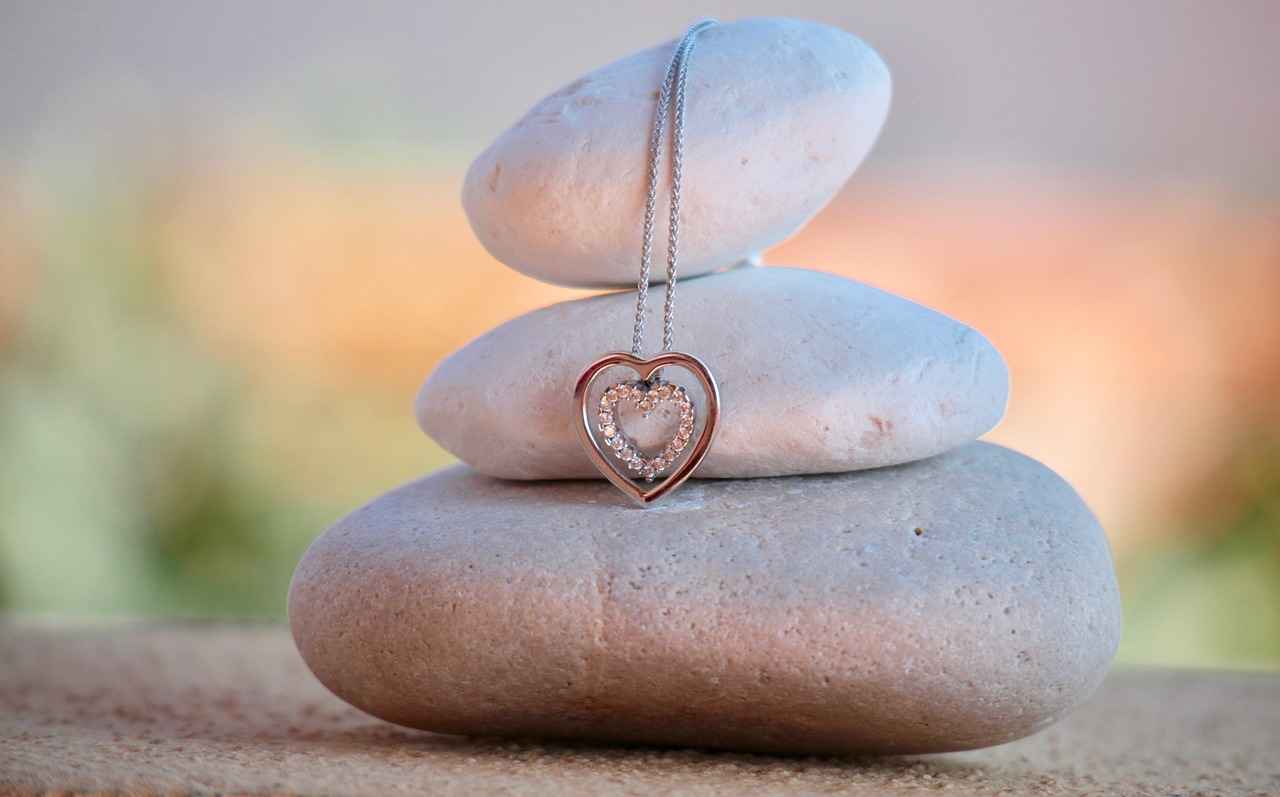
Consumer Awareness and Education
In today’s marketplace, consumer awareness and education about ethical jewelry have become essential components for fostering a responsible industry. As more buyers seek to make informed choices, understanding the implications of their purchases is crucial. This section delves into various initiatives and resources designed to empower consumers in their quest for ethical jewelry.
Educating consumers about ethical jewelry not only promotes responsible buying habits but also encourages the growth of sustainable practices within the industry. When consumers are informed, they are more likely to support brands that prioritize ethical sourcing and fair labor practices. This shift can lead to significant changes in the market, pushing more companies to adopt ethical standards.
- Online Platforms: Websites such as Ethical Jewelry offer extensive resources, including guides on how to identify ethical brands and the significance of various certifications.
- Workshops and Webinars: Many organizations host educational events that cover topics related to ethical jewelry, providing consumers with the knowledge to make informed choices.
- Social Media Campaigns: Influencers and brands are increasingly using platforms like Instagram and Facebook to raise awareness about ethical practices, making information accessible to a wider audience.
Identifying ethical jewelry brands can be challenging, but several key indicators can help consumers make informed decisions:
1. Look for certifications such as: - Kimberley Process - Fair Trade - Responsible Jewelry Council2. Research the brand's sourcing practices.3. Read customer reviews and testimonials.
Nonprofit organizations and advocacy groups are instrumental in promoting consumer education around ethical jewelry. They often conduct research, publish reports, and provide educational materials that highlight the importance of ethical sourcing. By collaborating with jewelry brands, these organizations help raise standards and ensure transparency in the supply chain.
Social media has transformed the way consumers engage with brands and learn about ethical practices. Influencers and campaigns dedicated to ethical jewelry are instrumental in spreading awareness. They often share personal stories, highlight ethical brands, and educate their followers about the impact of their purchasing decisions. This grassroots approach fosters a community of informed consumers who prioritize ethical considerations in their buying habits.
As the demand for ethical jewelry continues to rise, we can expect more initiatives aimed at consumer education. Brands may implement transparency reports, and more educational content will likely be integrated into marketing strategies. Additionally, collaborations between brands and educational institutions could emerge, providing consumers with even more resources to make informed decisions.
In conclusion, the journey toward ethical jewelry starts with informed consumers. By leveraging available resources, engaging with advocacy groups, and utilizing social media, buyers can significantly impact the jewelry industry. As awareness grows, so does the potential for a more sustainable and ethical future in jewelry.
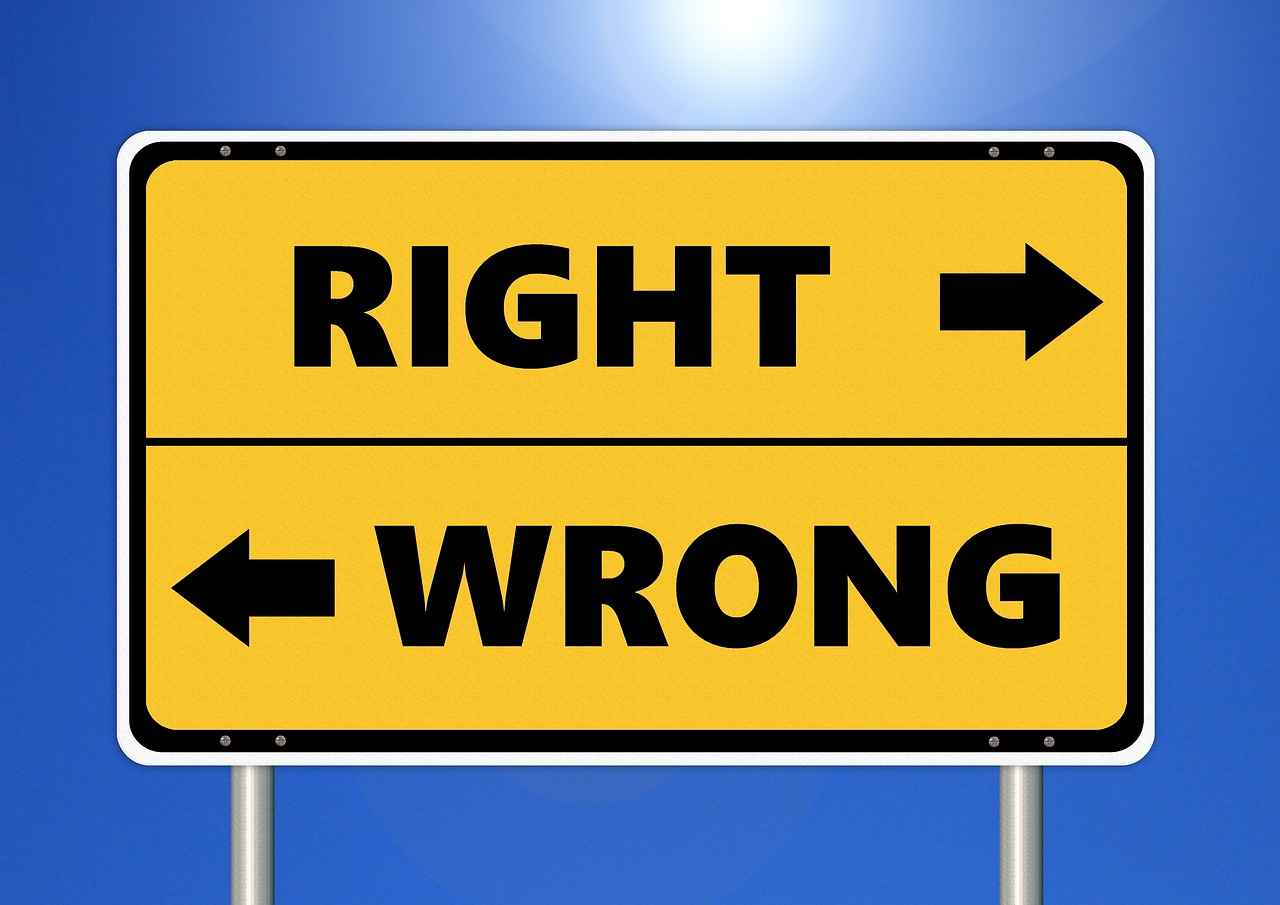
Trends in Ethical Jewelry Design
The world of jewelry design is undergoing a remarkable transformation, with a growing emphasis on ethical practices that resonate with conscious consumers. As awareness of environmental and social issues rises, the are evolving to reflect unique craftsmanship and innovative materials. This section delves into the notable trends shaping the ethical jewelry landscape today.
One of the most significant trends in ethical jewelry design is the emphasis on unique craftsmanship. Artisans are increasingly focusing on creating pieces that tell a story, often incorporating traditional techniques that have been passed down through generations. By highlighting the skill and artistry involved, these jewelers not only create stunning pieces but also ensure that the cultural heritage is preserved.
Another exciting trend is the use of innovative materials in ethical jewelry. Designers are now experimenting with alternatives to traditional gemstones and metals. For instance, recycled metals are becoming a popular choice, reducing the need for new mining and minimizing environmental impact. Additionally, lab-grown gemstones are gaining traction, providing consumers with conflict-free options that maintain the beauty and quality of natural stones.
Consumers are increasingly seeking personalized jewelry that reflects their individuality. Many ethical jewelers offer customization options, allowing clients to choose materials, designs, and even engravings that resonate with their personal stories. This trend not only enhances the emotional value of the piece but also promotes a deeper connection between the wearer and the jewelry.
As sustainability becomes a priority for many, ethical jewelry designers are adopting eco-friendly practices in their production processes. This includes using sustainable packaging, reducing waste, and ensuring that their supply chains are transparent and responsible. By committing to these practices, jewelers are not only appealing to eco-conscious consumers but also contributing to the overall health of the planet.
In the age of information, consumers demand transparency regarding the origins of their jewelry. Ethical designers are responding by providing detailed information about the sourcing of their materials and the labor practices involved in their production. This trend fosters trust and accountability, allowing consumers to make informed choices about their purchases.
Many ethical jewelry brands are collaborating with local artisans and communities, creating a sense of shared purpose and responsibility. These partnerships not only support local economies but also promote fair trade practices. By engaging with communities, designers can create pieces that reflect cultural significance while ensuring fair compensation for artisans.
Advancements in technology are also influencing trends in ethical jewelry design. From 3D printing to augmented reality, these innovations allow designers to experiment with new forms and materials while minimizing waste. As technology continues to evolve, it opens up exciting possibilities for creating stunning, ethical pieces that appeal to a modern audience.
In conclusion, the current trends in ethical jewelry design showcase a vibrant blend of craftsmanship, innovation, and sustainability. As consumers become more aware of the impact of their purchases, the demand for ethical jewelry will likely continue to grow, pushing the industry toward even more responsible and creative practices.
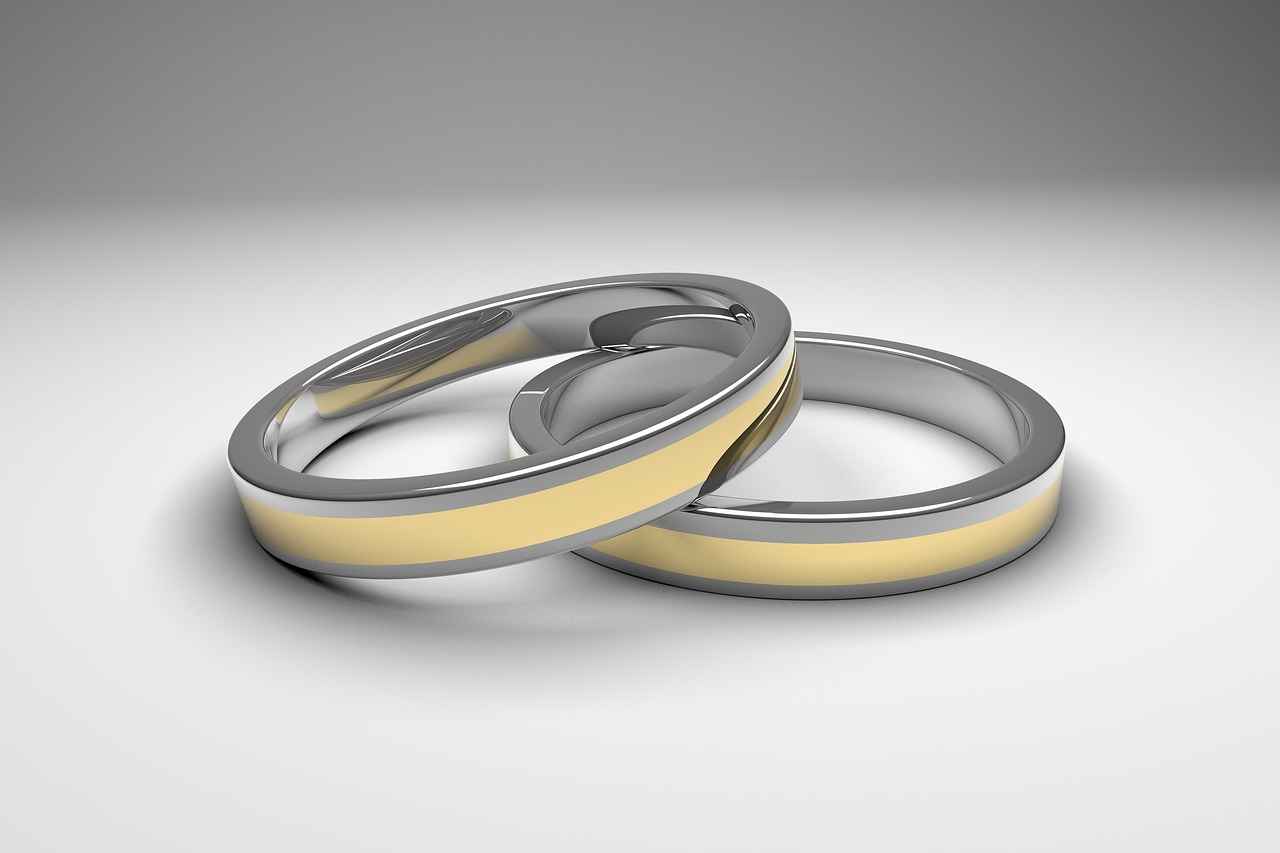
Impact of Social Media on Ethical Jewelry Awareness
In today’s digital age, social media has emerged as a powerful tool for raising awareness about various issues, including ethical jewelry. This platform not only connects individuals but also amplifies messages that promote sustainability, fair trade, and social responsibility in the jewelry industry. By leveraging platforms like Instagram, TikTok, and Twitter, influencers and brands are reshaping consumer perceptions and choices.
One of the most significant impacts of social media is its ability to spread information rapidly. Campaigns that focus on ethical jewelry often go viral, reaching thousands, if not millions, of users within hours. This phenomenon allows for a broader audience to become aware of the importance of conflict-free diamonds and the detrimental effects of traditional mining practices. As consumers become more informed, they are more likely to make conscious purchasing decisions that align with their values.
Influencers play a crucial role in this transformation. Many social media influencers have dedicated their platforms to promoting ethical brands and educating their followers about the significance of choosing sustainable options. By showcasing their own purchases and sharing personal stories about the impact of ethical jewelry, these influencers create a relatable narrative that resonates with their audience. This personal connection often leads to increased trust and loyalty towards ethical brands.
Moreover, social media campaigns often incorporate striking visuals and engaging content that highlight the beauty and craftsmanship of ethical jewelry. For instance, brands may share behind-the-scenes videos of their sourcing processes or showcase artisans who create these pieces. This transparency not only builds credibility but also fosters a sense of community among consumers who prioritize ethical practices.
Another important aspect is the use of hashtags to create movements and discussions around ethical jewelry. Hashtags like #EthicalJewelry and #ConflictFreeDiamonds allow users to easily find and share information, contributing to a growing community dedicated to ethical consumption. This collective effort can lead to significant changes in consumer behavior, as individuals feel empowered to make choices that reflect their values.
Furthermore, social media platforms provide a space for brands to engage directly with their consumers. This interaction allows for immediate feedback and encourages brands to be more accountable in their practices. As consumers demand more transparency, companies are increasingly sharing information about their supply chains, sustainability efforts, and ethical standards. This shift not only enhances brand loyalty but also drives competition among retailers to adopt more ethical practices.
In summary, the impact of social media on ethical jewelry awareness is profound and multifaceted. By connecting consumers with information and inspiring stories, social media is paving the way for a more informed and conscientious approach to jewelry purchasing. As this trend continues to grow, it is likely that the ethical jewelry market will expand, driven by the collective efforts of consumers, influencers, and brands committed to making a difference.
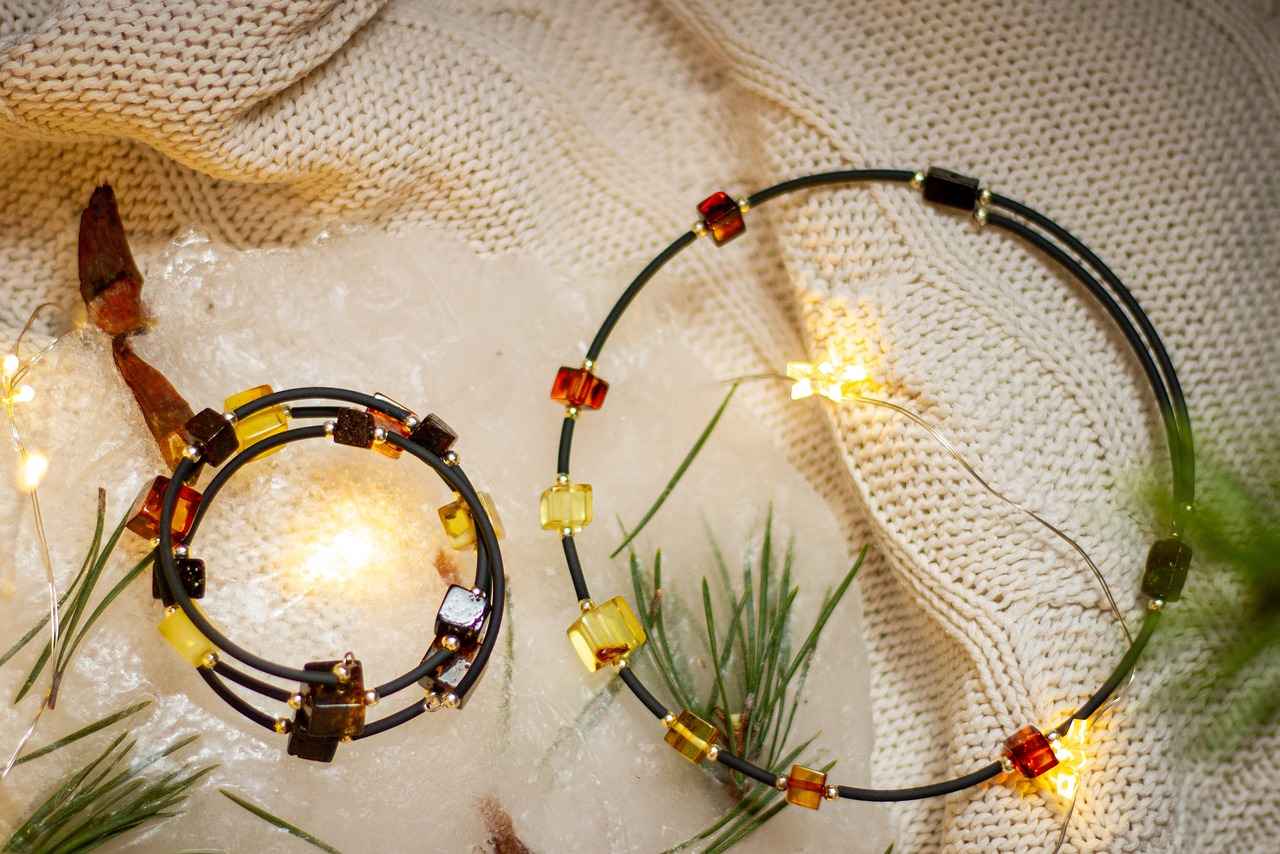
Future of Ethical Jewelry Market
The ethical jewelry market is on the brink of significant transformation, driven by a growing consumer base that prioritizes sustainability and social responsibility. As awareness about the ethical implications of traditional jewelry sourcing spreads, more consumers are seeking alternatives that align with their values. This section delves into the emerging trends and shifts in consumer behavior that are likely to shape the future of this industry.
Consumers are increasingly prioritizing brands that demonstrate a commitment to ethical practices. This shift is not just a fleeting trend; it is a fundamental change in how buyers approach their purchases. The rise of conscious consumerism means that individuals are more likely to research the origins of their jewelry, opting for pieces that are conflict-free and sourced from ethical suppliers. This heightened awareness is expected to drive demand for transparent supply chains and brands that can provide proof of their ethical commitments.
Technological advancements are set to play a pivotal role in the ethical jewelry market. Innovations such as blockchain technology can provide consumers with verifiable information about the journey of their jewelry from mine to market. This level of transparency will not only enhance consumer trust but also encourage brands to maintain ethical standards throughout their supply chains. As technology continues to evolve, we can expect to see more tools and platforms that facilitate this transparency.
Lab-grown diamonds are emerging as a popular alternative to mined diamonds, appealing to environmentally conscious consumers. These diamonds are created in controlled environments, significantly reducing the environmental impact associated with traditional mining. As more consumers seek sustainable options, the demand for lab-grown diamonds is expected to rise, further influencing the market dynamics.
Brands that wish to thrive in the ethical jewelry market must adapt to the shifting preferences of consumers. This includes not only offering conflict-free products but also engaging in practices that promote fair labor and environmental sustainability. Companies that invest in ethical sourcing and transparent practices are likely to gain a competitive advantage as consumers increasingly favor brands that align with their values.
Social media is a powerful tool that is reshaping consumer perceptions of ethical jewelry. Influencers and campaigns dedicated to promoting ethical practices are gaining traction, helping to educate consumers about their purchasing choices. As more people share their experiences and knowledge online, the collective consciousness around ethical jewelry is likely to grow, further driving demand.
Looking ahead, several trends are anticipated to emerge in the ethical jewelry market. These include:
- Increased Customization: Consumers may seek personalized jewelry that tells their unique stories while being ethically sourced.
- Collaborations with Artisans: Brands might partner with local artisans to create unique pieces that support communities and showcase traditional craftsmanship.
- Focus on Upcycling: The trend of upcycling materials to create new jewelry pieces is likely to gain momentum, appealing to eco-conscious consumers.
In summary, the future of the ethical jewelry market is bright, characterized by a shift towards more responsible consumer behavior and innovative practices. As consumers become more informed and engaged, the demand for ethical jewelry will continue to rise, prompting brands to adapt and evolve in order to meet these expectations.
Frequently Asked Questions
- What are conflict-free diamonds?
Conflict-free diamonds are those sourced without contributing to violence or human rights abuses. They ensure a responsible supply chain, allowing consumers to make ethical choices while purchasing.
- Why is it important to choose ethical jewelry?
Choosing ethical jewelry reflects your personal values and supports fair labor practices. It also promotes environmentally sustainable mining methods, making a positive impact on communities and the planet.
- How can I identify conflict-free diamonds?
To identify conflict-free diamonds, look for certifications like the Kimberley Process or Fair Trade. These certifications help verify that the diamonds were sourced ethically and responsibly.
- Where can I buy conflict-free diamonds?
You can find conflict-free diamonds at reputable online retailers and brick-and-mortar stores committed to ethical sourcing. Always check for transparency in their supply chain and certifications.
- What are lab-grown diamonds, and why are they considered ethical?
Lab-grown diamonds are created in a controlled environment, reducing environmental impact compared to mined diamonds. They provide an ethical alternative, as they are free from the social and environmental issues associated with traditional diamond mining.
- How does social media influence awareness of ethical jewelry?
Social media plays a significant role in raising awareness about ethical jewelry. Influencers and campaigns help educate consumers, shaping their perceptions and encouraging them to make informed choices.

